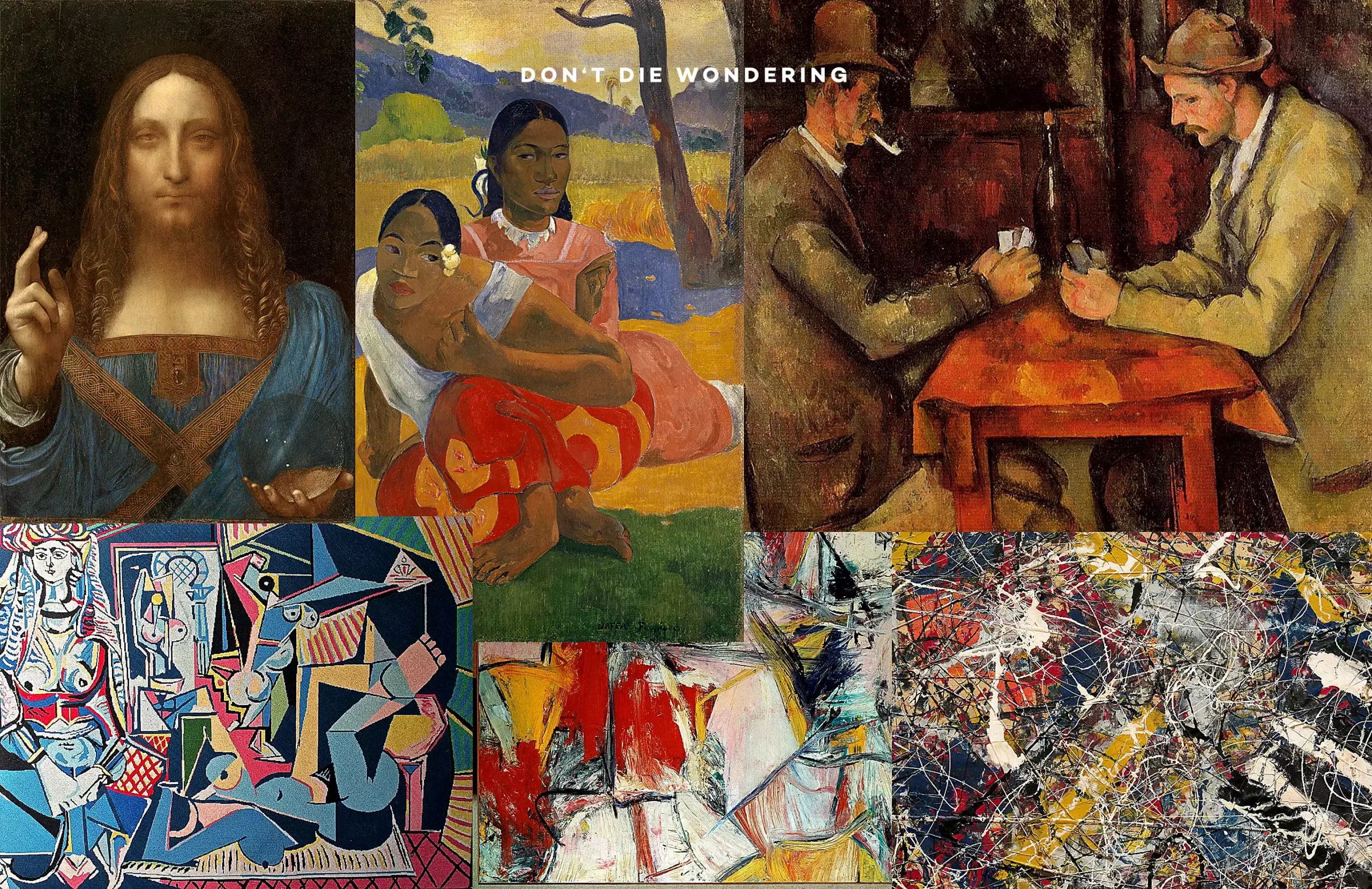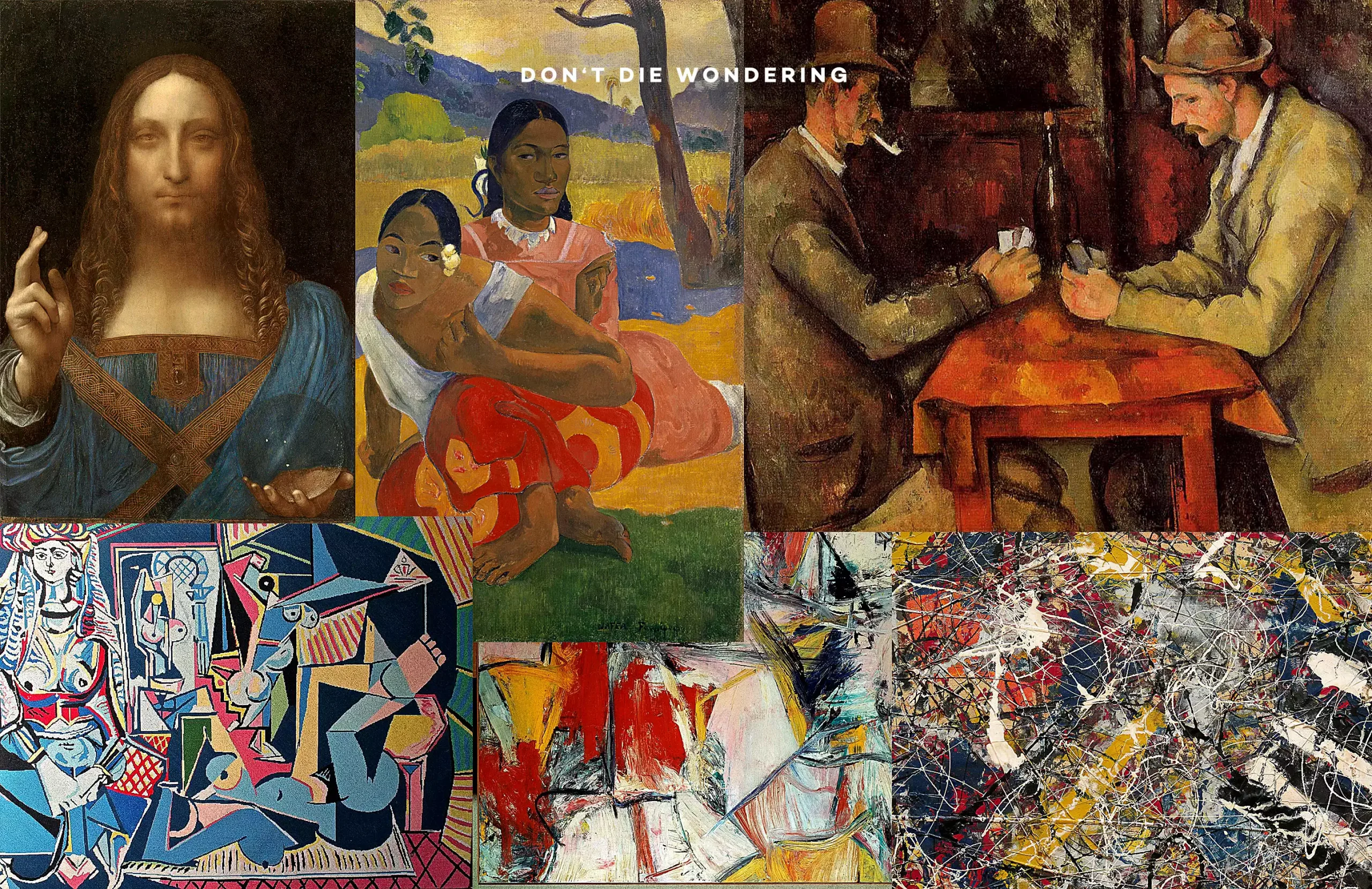The big debate on whether we, as a heavily digital dependant age, will say goodbye to this form of art is still at the forefront.
The greatness of art, in general, is that there is such a diverse and varied spectrum of works. But some people in the art community see technology as a threat to originality and are concerned that it will replace traditional artmaking.
This idea can certainly be problematic for some artists and institutions like museums and galleries that rely heavily on traditional works.
People are so passionate about creating art that it’s no surprise original pieces by some of the world’s iconic masters have been sold at auctions for astronomical prices.
Although there are pieces like Da Vinci’s Mona Lisa that are ultimately considered priceless and will never be put on sale, through the years, many high-profile works of art have exchanged hands in the auction room for more money than you could ever imagine.

The original Mona Lisa is on permanent display at the Musee du Louvre in Paris.
It’s an idea that has kept many a creative type up at night, worrying about their livelihood. Think pieces, editorials, and opinion articles have all been dedicated to the topic. But the question remains: can traditional art survive in a digital world?
We often ask ourselves whether it’s hard to measure how much art is worth nowadays.
Why? For many, the value of art is measured in the eye of the beholder. One piece of art could be worth a lot to one person and nothing to another.
We all know that art is subjective, but with our ever-changing technology, the big debate on whether we, as a heavily digital dependant age, will say goodbye to this form of art is still at the forefront.
Ask yourself this. Will traditional art survive?

It’s this broader definition that keeps traditional arts alive. To most, crafts like painting and sculpting are authentic conventional arts. But with the rise of tablets and 3D printers, what’s the point in investing time in honing these skills?
Just like traditional artists, digital artists employ the same kind of skills but just with different tools.

However, when it comes to the way our digital world is currently working, the cost of art pieces online has turned the essence of art into something astronomical.
For example, earlier this year, a digital work had sold at auction for nearly $70 million and became the first-ever sale by a major auction house of a work that doesn’t physically exist.
The work, entitled “Every day’s – the First 5000 Days”, was made by the relatively unknown American artist known as Beeple.
Its starting price was just $100, but a record 22 million people watched online as it reached its excellent selling price, doing Beeple’s work among the most valuable among living artists.

The advent of NFTs has created a new medium for artists and creators to showcase their creations or collections.


